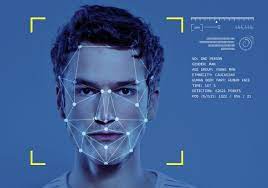
FACIAL RECOGNITION TECHNOLOGY
- The face recognition procedure simply requires any device that has digital photographic technology to generate and obtain the images and data necessary to create and record the biometric facial pattern of the person that needs to be identified.
- Unlike other identification solutions such as passwords, verification by email, selfies or images, or fingerprint identification, Biometric facial recognition uses unique mathematical and dynamic patterns that make this system one of the safest and most effective ones.
HOW DOES FACE RECOGNITION WORK?
- Face recognition systems work by capturing an incoming image from a camera device in a two-dimensional or three-dimensional way depending on the characteristics of the device.
- These ones compare the relevant information of the incoming image signal in real-time in photo or video in a database, being much more reliable and secure than the information obtained in a static image. This biometric facial recognition procedure requires an internet connection since the database cannot be located on the capture device as it is hosted on servers.
- In this comparison of faces, it analyses mathematically the incoming image without any margin of error and it verifies that the biometric data matches the person who must use the service or is requesting access to an application, system or even building.
- Thanks to the use of artificial intelligence (AI) and machine learning technologies, face recognition systems can operate with the highest safety and reliability standards. Similarly, thanks to the integration of these algorithms and computing techniques, the process can be carried out in real-time
BIOMETRIC FACIAL RECOGNITION USES CASES
Face recognition uses focus on verification or authentication. This technology is used, for example, in situations such as:
- Second authentication factor, to add extra security in any log-in process.
- Access to mobile applications without a password.
- Access to previously contracted online services (login on online platforms, for example).
- Access to buildings (offices, events, facilities of any kind …).
- Payment method, both in physical and online stores.
- Access to a locked device.
- Check-in in tourist services (airports, hotels…).
